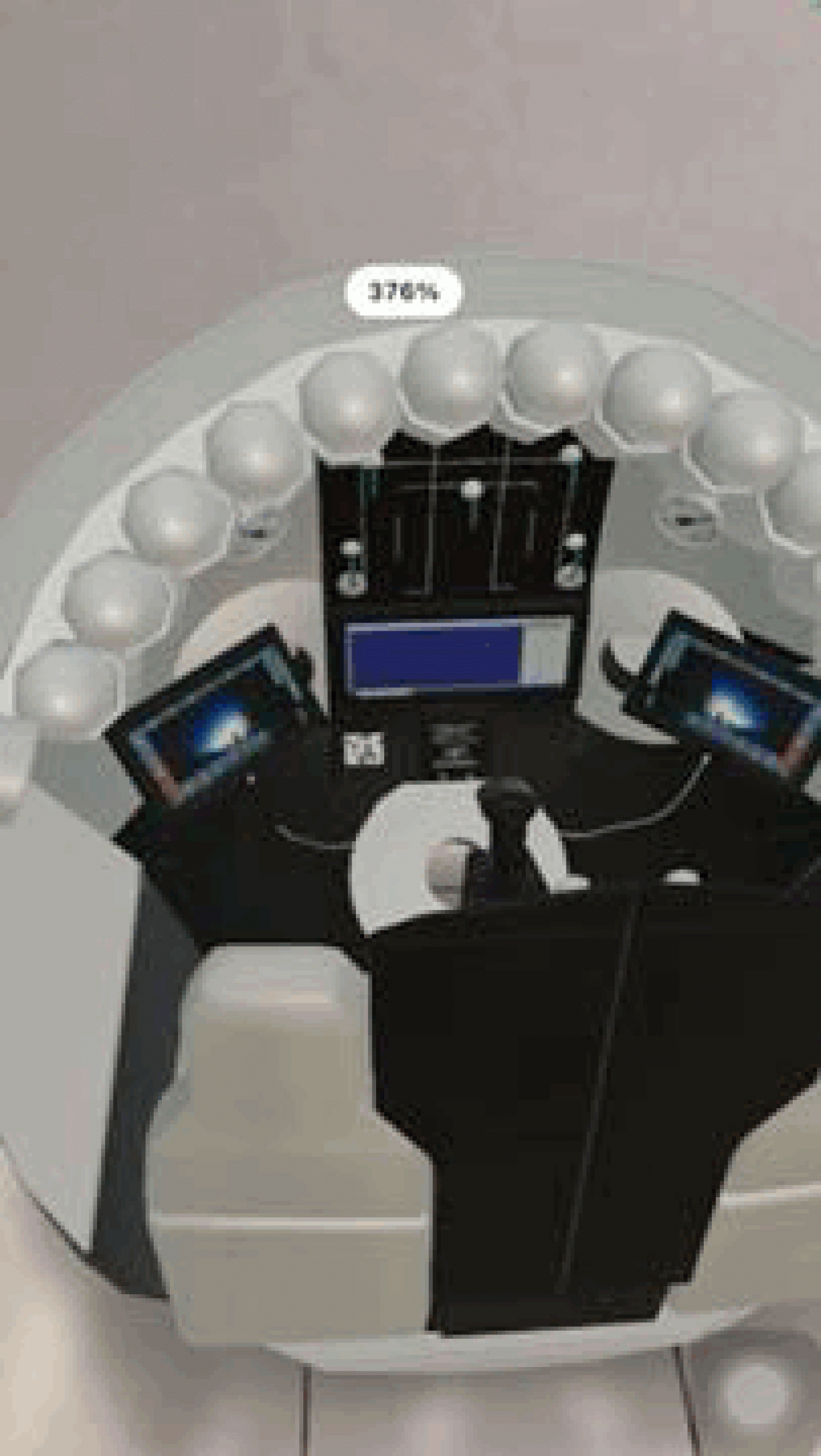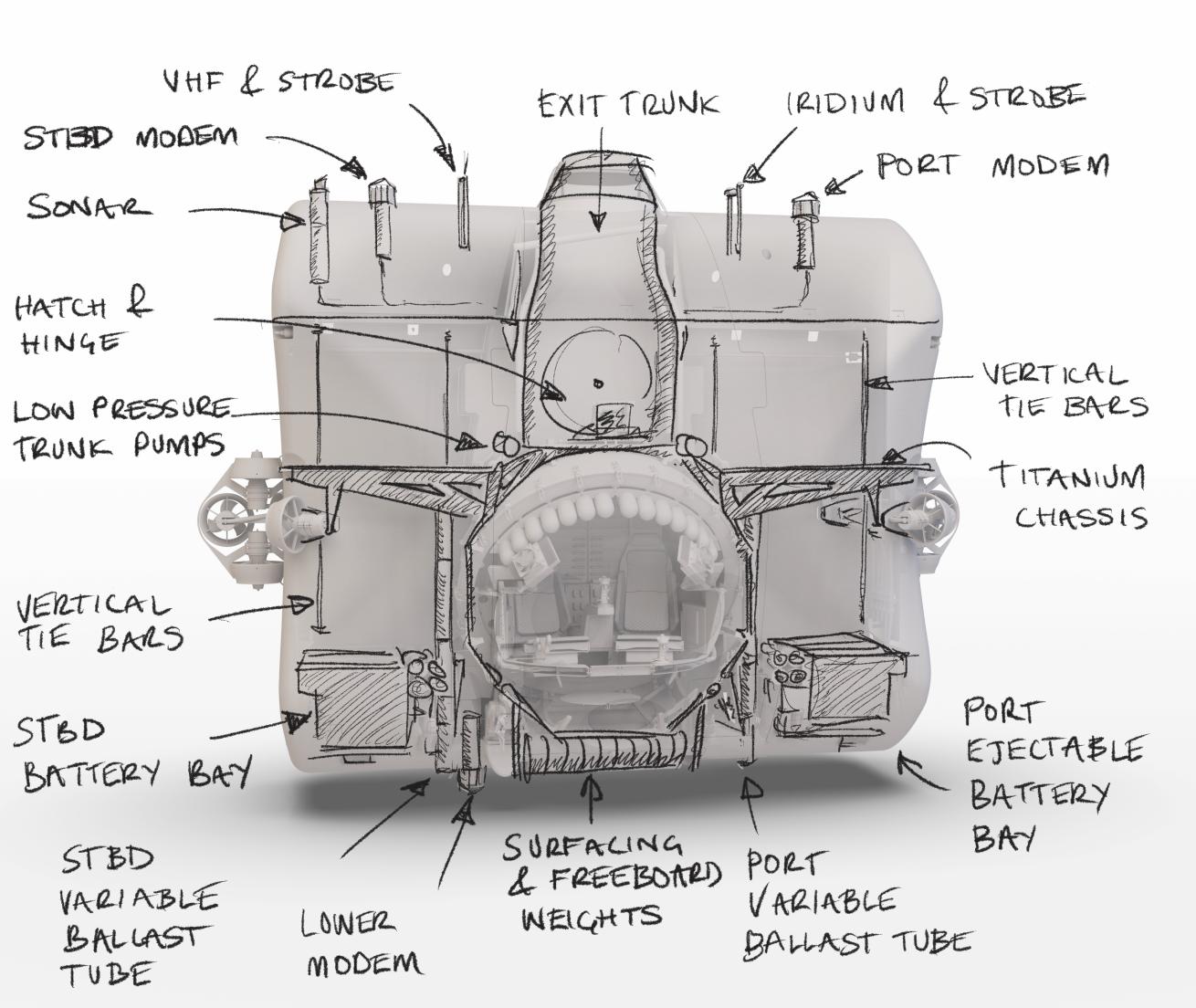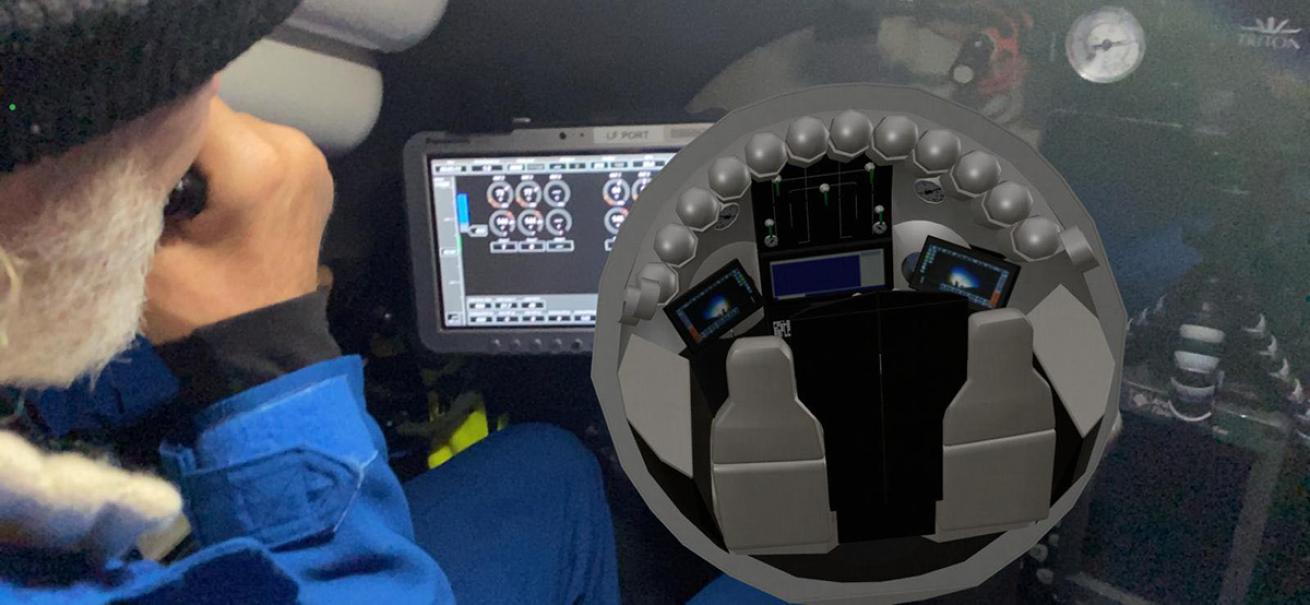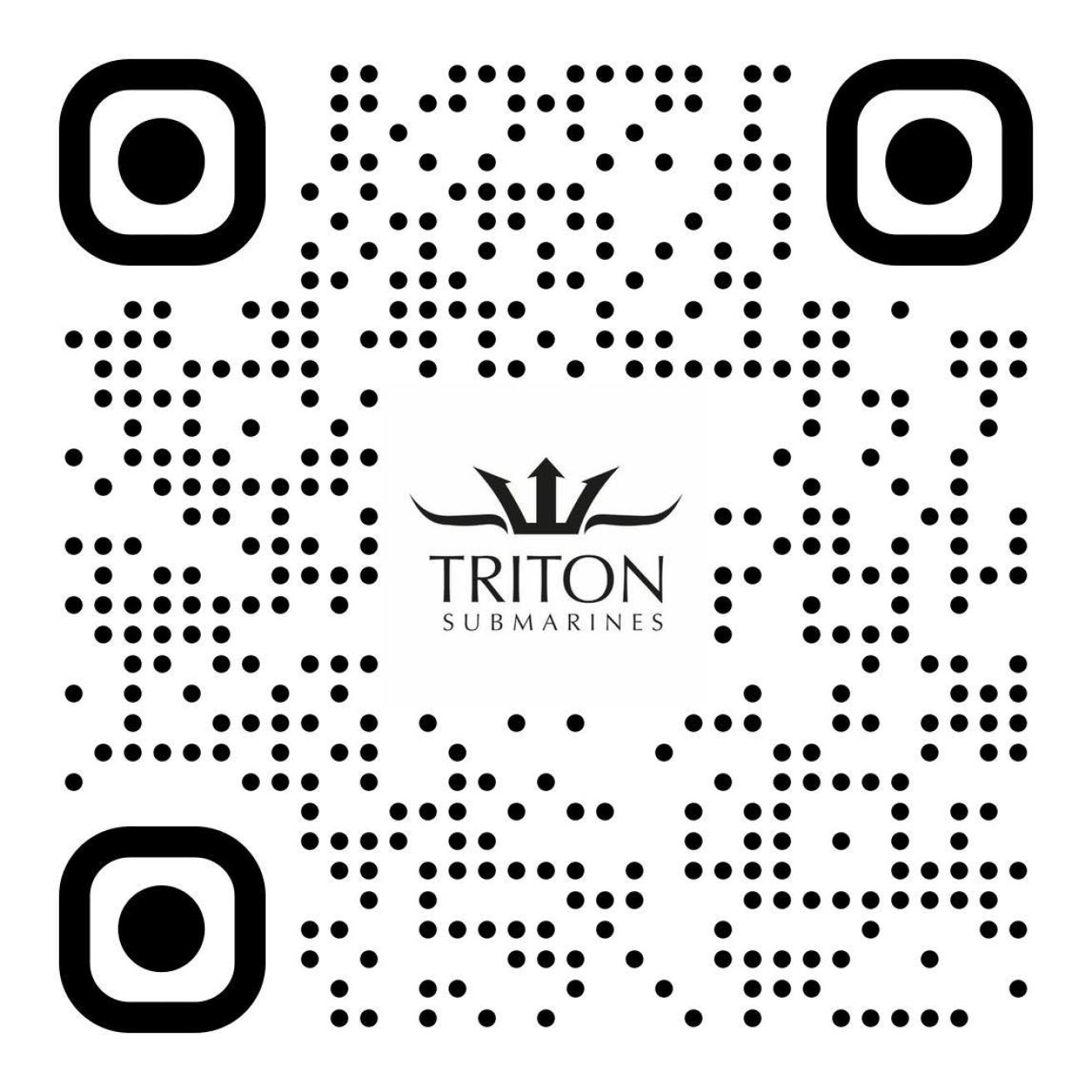Explore the Most Advanced Sub in the World with Augmented Reality
There’s only one sub that can repeatedly visit Challenger Deep and now, thanks to augmented reality, you can step inside the Limiting Factor during its third expedition to the depths of the Mariana Trench.

Octagon StudioAR lets you manipulate and explore the sub's pressure hull at will.
Limiting Factor is the first submersible ever built able to make repeat trips to the deepest place in the ocean. Every vessel that has made the trip before sustained damage, rendering them unusable. Limiting Factor has made it to the Challenger Deep at least eight times to date. Triton Submarines designed the barrier-breaking submersible for multi-millionaire and retired naval officer Victor Vescovo, who commissioned it to achieve his goal of becoming the first person to visit the five deepest points in the ocean. (Which he did in 2019).
“We had to completely rethink everything about how we would make a submarine normally,” says Triton’s principal design engineer John Ramsay.
Typically, a sub has an acrylic dome sphere where the pilot sits, providing expansive views of the ocean around the sub, and is optimized to move forward along the seafloor. An acrylic bubble would implode under the eight and a half tonnes of pressure on every square inch of the sub at Challenger Deep. And, given that the sub has to go up and down about five miles to reach its destination, the Limiting Factor spends more time moving vertically through the water column than across the seabed.
“The result is the titanium capsule that the pilot and the passenger sit in is 90-millimeter thick medical grade titanium,” says Ramsay. It rests at the bottom of the sub, instead of the top, to maximize the view of the benthic layer through its three viewports. Passengers need to slither through an 18-inch tube at the top to drop down into the cockpit at the bottom. “Most people go through the hatch with their arms up above their heads, because you can't you can't fit through with your shoulders and arms down,” he says.
The pressure hull itself is a tight, five-foot sphere with a flat bottom into which the design team crammed three computers, all of the controls, two leather seats, 14 oxygen bottles, a maneuvering joystick, lithium curtains, and more. Most of the sub is stuffed with buoyant foam and packed with minuscule glass bubbles, to help it return to the surface at the end of every mission.

Courtesy Triton SubmarinesA Triton Submarines sketch breaks down the different parts of Limiting Factor.
Precision is paramount when building something that redefines possible. The pressure hull is machined within half-a-millimeter, a titanium sphere free of any bubbles or imperfections.
“You know that kind of coke can affect? The way if you stand on a coke can it will take your weight, but as soon as you poke it, it just collapses?” says Ramsay. “We had to absolutely maintain that perfect spherical geometry.”
Components were individually selected to ensure they would work more than 36,000 feet down. The team found electronics shipped in the same batch would work differently if they had been made in different factories. Team members hand-sorted shipments individually, personally selecting the exact pieces that would function in the sub. That’s no small feat when parts are coming from all over the world — viewports from Germany, foam and cabling from the U.K., a pressure hull forged and machined in the U.S., batteries from Spain, navigation systems from Australia, all assembled by Triton in Florida.
“Anyone who was working on making any of these parts was just pulling their hair out,” Ramsay says.
Safety precautions guided much of the craft’s design. Each of the sub’s ten thrusters can be detached if it becomes entangled, as can the external arm. (This feature was perhaps less than ideal when the $350,000 arm was accidentally lost during a dive in the Puerto Rico Trench.) Two independently wired battery packs power the sub, and a third system sits inside it for backup. If all three power systems fail, the electromagnets holding weights onto the sub detach so Limiting Factor automatically triggers an emergency ascent. The entire system was designed to withstand 50 percent more pressure than it will ever experience, and tested in chambers 20 percent beyond what it has to withstand.

Richard GarriottGarriott projects the AR pressure hull next to Vescovo inside the actual Limiting Factor pressure hull on the way down to Challenger Deep.
Limiting Factor is in the waters of Guam this week, taking Vescovo and several passengers to the Trench. Vescovo's trip last year included Dr. Kathy Sullivan, the first person to visit space and the deepest known part of the ocean. On Monday, Richard Garriott, a video game developer, board member of the Explorers Club and sixth private citizen to visit space, became the second with his 12-hour round trip.
You can join them in the Limiting Factor thanks to augmented reality (AR) rendering from Octagon Studio.

Octagon StudioScan this QR code to explore the augmented reality Limiting Factor. (iPhone users must use Safari.)
“We built this in augmented reality so that it can be put into your living room floor blown up to size,” says Octagon’s Michael Healy.
To experience the AR, scan the embedded QR code. (iPhone users must open it in Safari for it to function.) A rendering of the whole sub will appear, and “you can literally walk through the walls and go into the interior,” says Healy, squeezing into the 5-foot command center yourself. Tap your screen to view a rendering of just the pressure hull.
Healy hopes stepping into a submersible will inspire the next generation of explorers. “My own generation, we were totally inspired by those images of the first astronauts on the moon,” he says. “So for kids to be inspired and to want to explore more and want to know more, I think that's really the key factor.”










